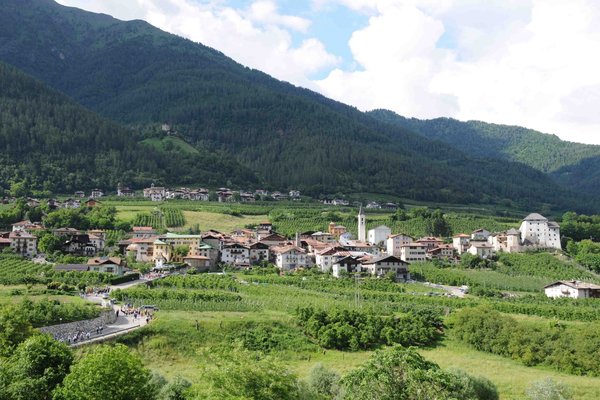
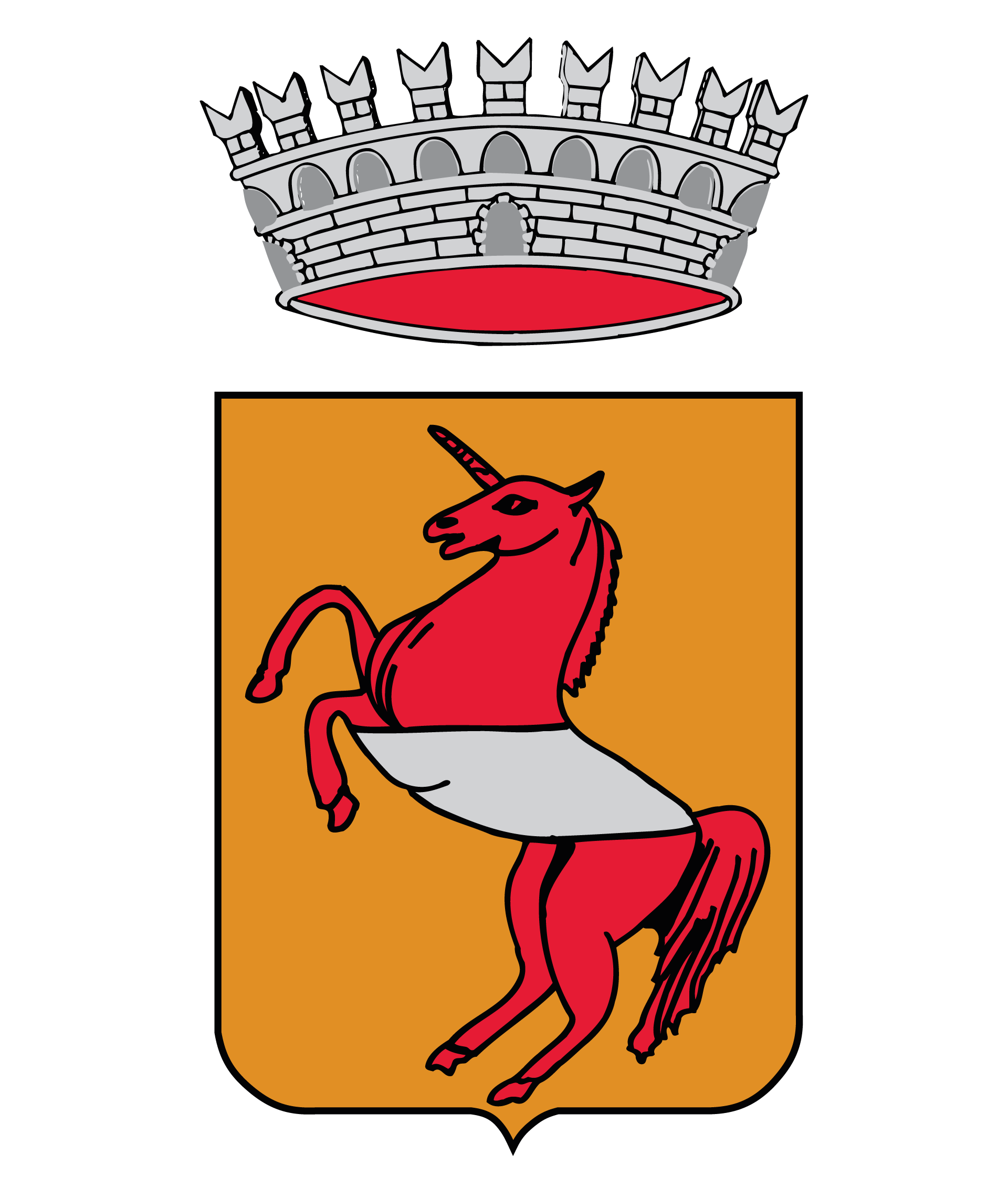 |
|||
| HEIGHT: | 682 m | ||
| INHABITANTS: | 1101 | ||
| HAMLETS: | Bordiana, Bozzana, Cassana, Samoclevo, San Giacomo, Tozzaga | ||
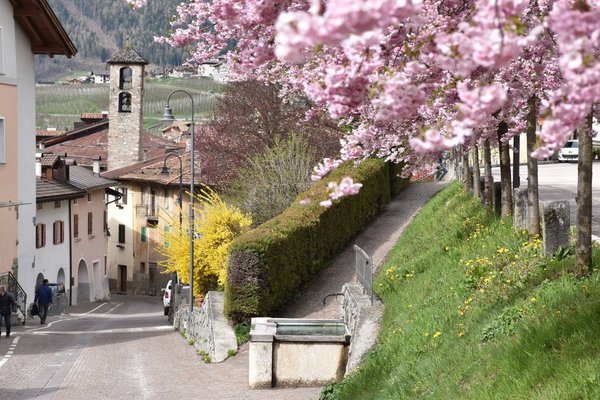
Agriculture and tourism are the great resources in Caldes. Characteristic sights of this town are its colourful expanses of apple orchards and various monuments of historical value, the main one being Castel Caldes, the castle that dates back to the thirteenth century and the ruins of the Rocca di Samoclevo. The town was apparently named after a hot water spring that no longer exists, documented in parchments from the early thirteenth century as Caldis or Caldesio, as “caldo” means hot in Italian. Caldes is the heart of a fairly extensive municipality that comprises seven villages, reaching from 689 metres asl in Bozzana up to 755 in San Giacomo. Bozzana, Bordiana, San Giacomo and Samoclevo surround the ancient “Cappelle”, the chapels with Gothic to Baroque-era buildings and altars still intact. The tourist-recreational buildings in the town include the Contre complex, on the banks of the River Noce, where you will find a rafting and multi-sports centre, tennis, basketball and volleyball courts, football pitch and an area for field festivals, bar and green park.
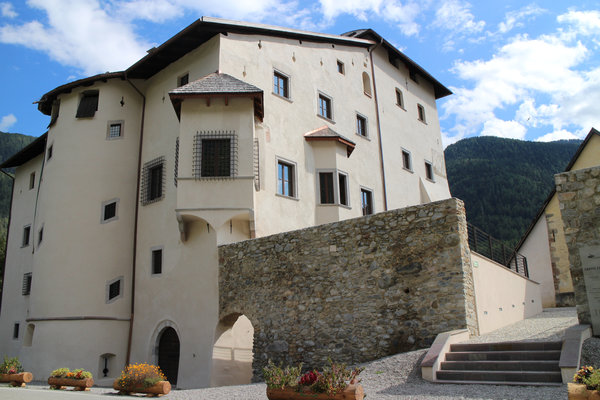
This castle stands at the entrance to the town, overlooking the River Noce. Built in the thirteenth century, its appearance changed considerably over the centuries through to the sixteenth. Commissioned by Rambaldo and Arnoldo da Cagnò, the five-storey tower used as a residence was built between 1230 and 1235. Together with the Rocca di Samoclevo, it served as a lookout for the valley. In 1464, this “tower home” passed into the hands of the Thun family, who extended it, giving the building its current appearance. In the sixteenth century, many of the rooms were decorated with wall paintings (friezes, coats of arms, stories of saints). Alongside the castle stands the chapel to the Virgin Mary. This already existed in 1585, and it was decorated with a new cycle of murals in about 1629 by the painter Elia Naurizio. The castle is owned by the Autonomous Province of Trento and can be visited at the same time as the exhibitions that are often held in its rooms.
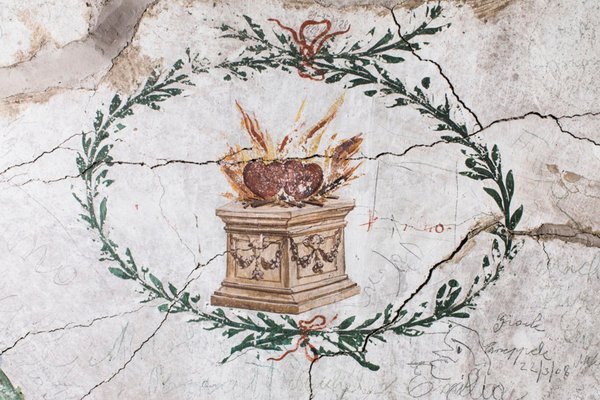
One room in the castle tower is completely frescoed - this is known as Olinda's prison. Legend has it that the Countess Marianna Elisabetta Thun was shut up here by her father Redemondo to prevent her marriage to Arunte, the court minstrel she had fallen in love with. The countess died of a broken heart in this room and it is said that she painted the frescoes that adorn its walls.
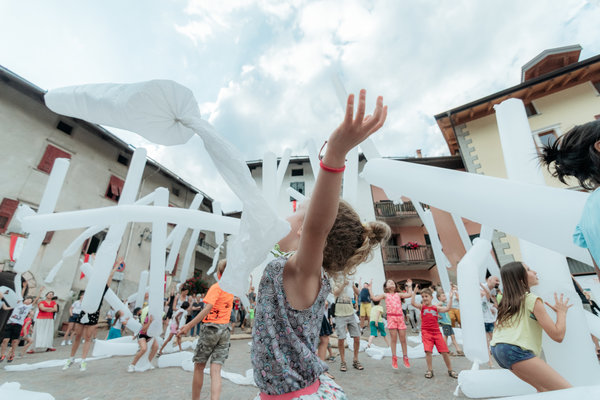
Every year in June, Caldes hosts the Arcadia Street Festival: great music, circus performers, street artists and a tasty seduction of local flavors.
Routes with different difficulty grades for climbing and bouldering.